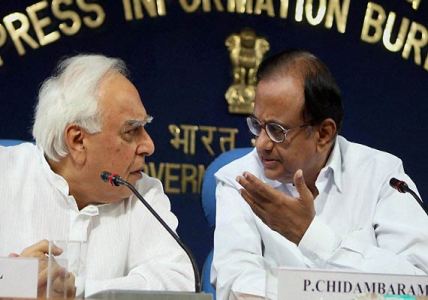Telecom Lead India: The Union budget 2013 will be the game changer to make Rs 20,000 crore by selling spectrum in Delhi, Mumbai, Karnataka & Rajasthan circles by 31 March.
The 2013 Budget in February will be the last full budget of the UPA II government (before their 2014 elections). This Budget will have more focus on development activities in the country. When Rahul Gandhi and AK Antony took over the group and sub-groups of Election Coordination Committees on Thursday, the UPA government virtually announced its intention to retain power in Delhi.
Delhi, Mumbai and Karnataka account for about 50 percent of all India reserve price of Rs 14,000 crore. This means, the government is aiming for Rs 20,000 crore and more from these four circles.
Achieving more funds will not be tough if business is doing well. But there are risks in doing telecom biz in India. Will India government run banks offer cheaper finance to telecom operators? Will telecom industry move ahead in its consolidation efforts? If yes, the mood of the industry will change substantially.
However, India’s GDP growth at 5-6 percent and inflation rates will be a big task for the telecom industry to move to the next level.
When telecom minister Kapil Sibal and finance minister P Chidambaram has set 31 March 2013 as the deadline to sell spectrum in Delhi, Mumbai, Karnataka, Rajasthan circles which did not get any bid during the recently concluded auction, it is aimed at face saving for the government.
If the global economies do well in the next 3-4 months, Indian can get more international investors as well. Along with these circles,
According to IDFC, four circles such as Delhi, Mumbai, Karnataka, Rajasthan had no demand and the provisional winning price saw an uptick only in one circle (Bihar) while Delhi, Mumbai and Karnataka account for about 50 percent of all India reserve price.
The higher reserve price makes viability difficult for new entrants and hence, making life easier for incumbents. IDFC now turns positive on the telecom space post Bharti numbers which showed rationality exhibited by incumbents, reduced competition and likely failure of 2G re-auction, leading to lower reserve price/ one-time spectrum charge.
An Empowered Group of Ministers (EGoM) will be meeting soon to decide on the next course of action.
The 2G auction, which lasted just two days, got total bids worth Rs 9,407.64 crore, one-third of the minimum Rs 28,000 crore the government was expecting. The auction was a far cry from the 35-day bidding for the 3G spectrum in 2010 that got Rs 67,719 crore.
Besides Rs 9,407.64 crore from the auction, the government will also get Rs 7,936 crore by way of one-time fee to be levied on existing telecom operators holding spectrum more than a prescribed limit.
Finance minister’s calculations are not wrong. But Indian telecom operators need better ARPU. For this, India needs more spending power.






